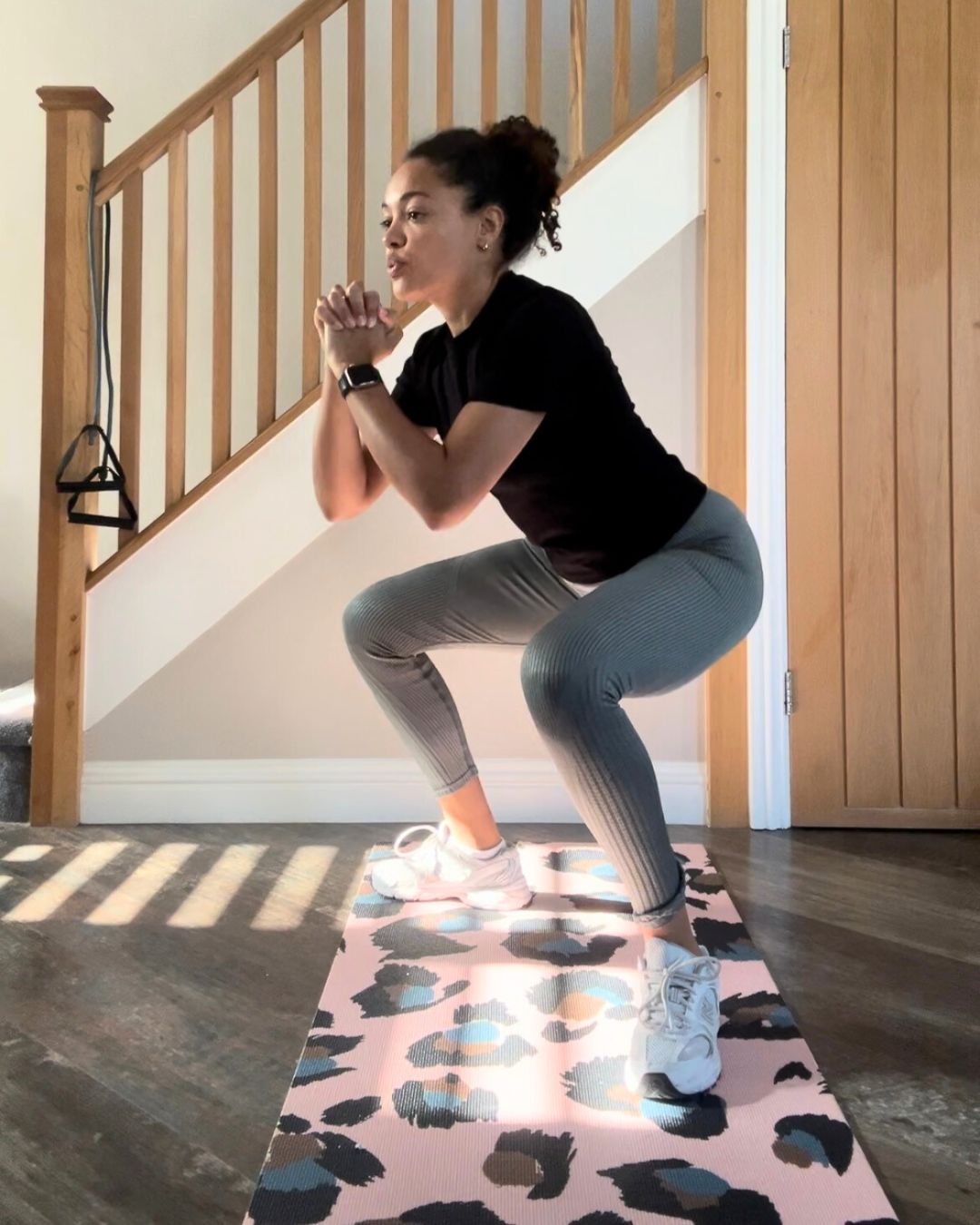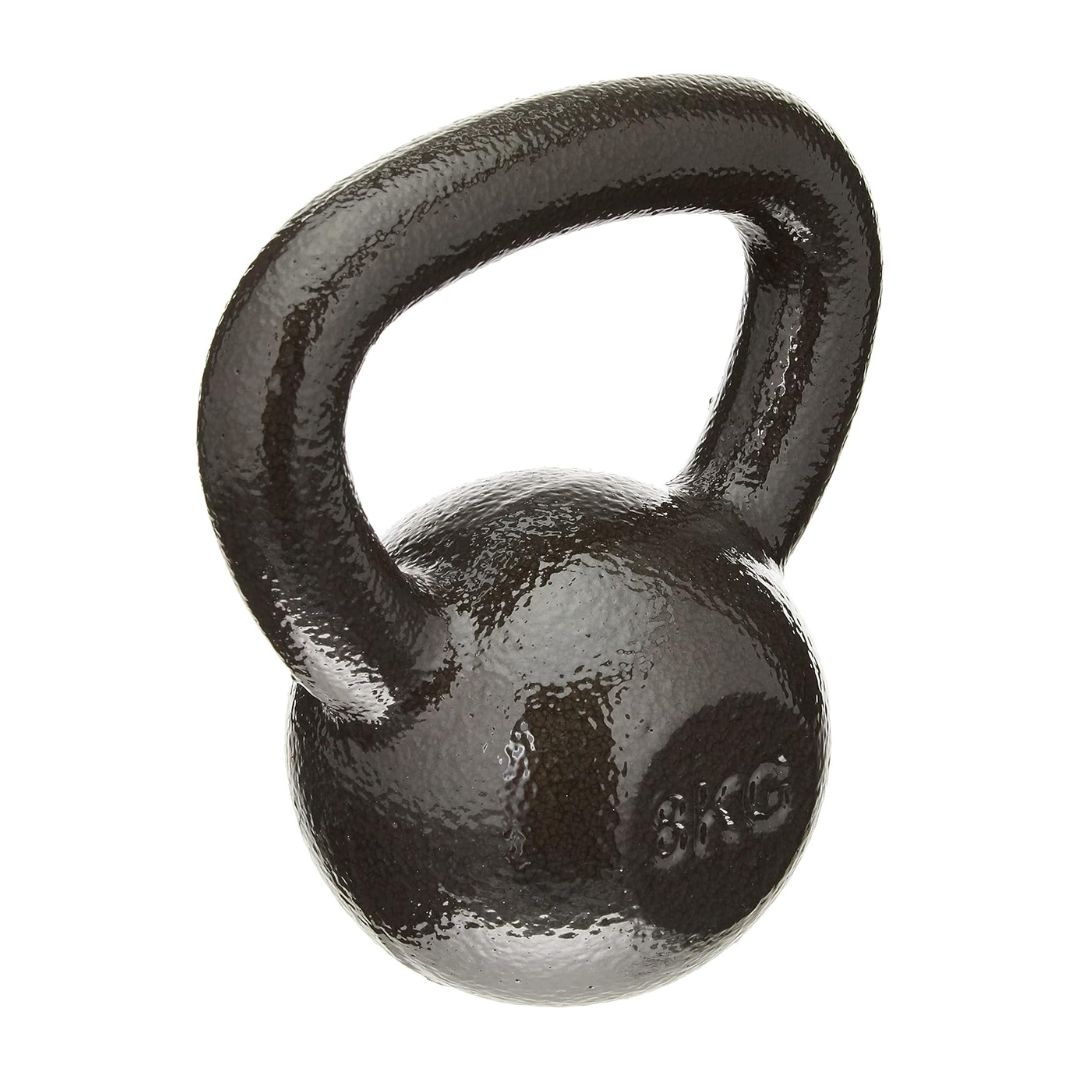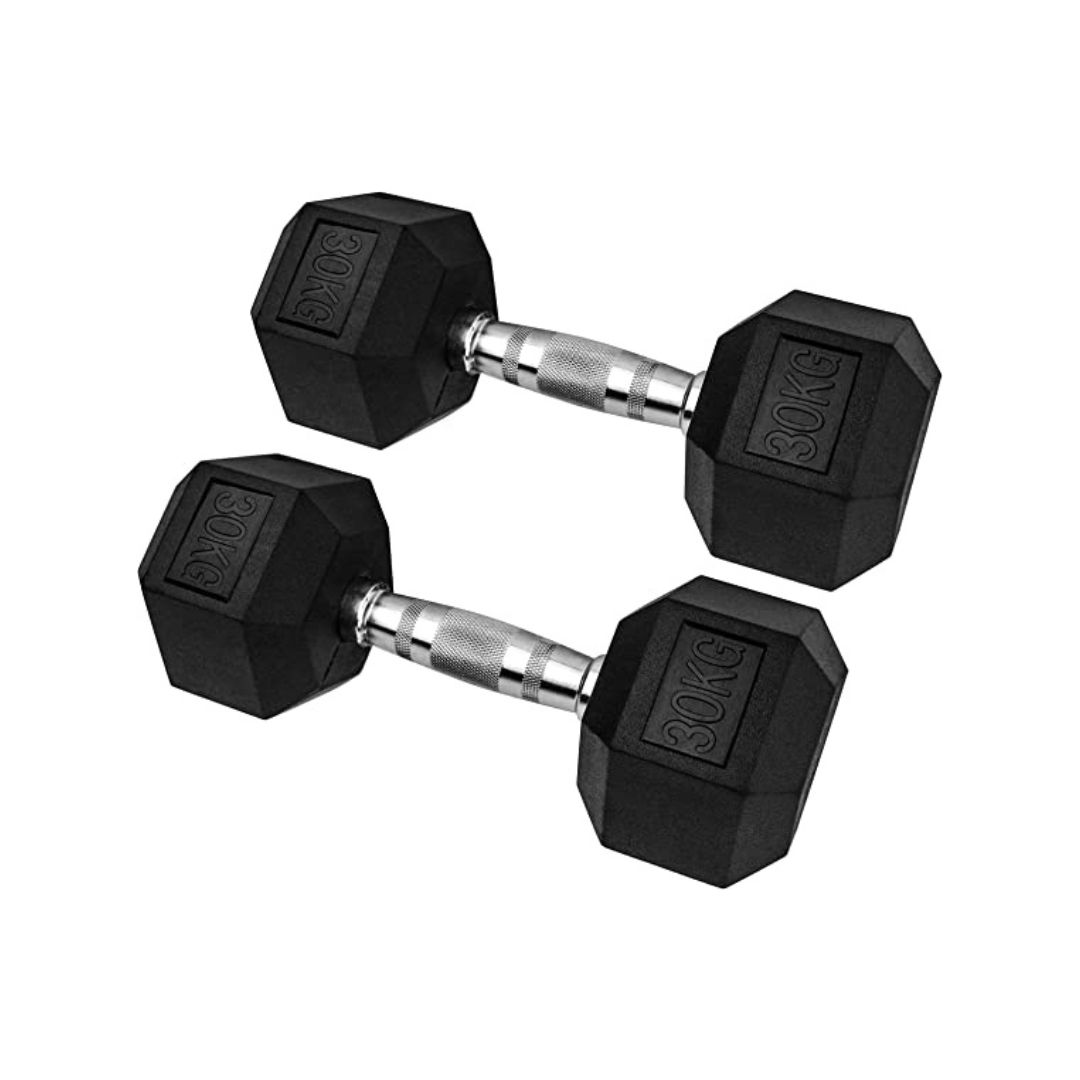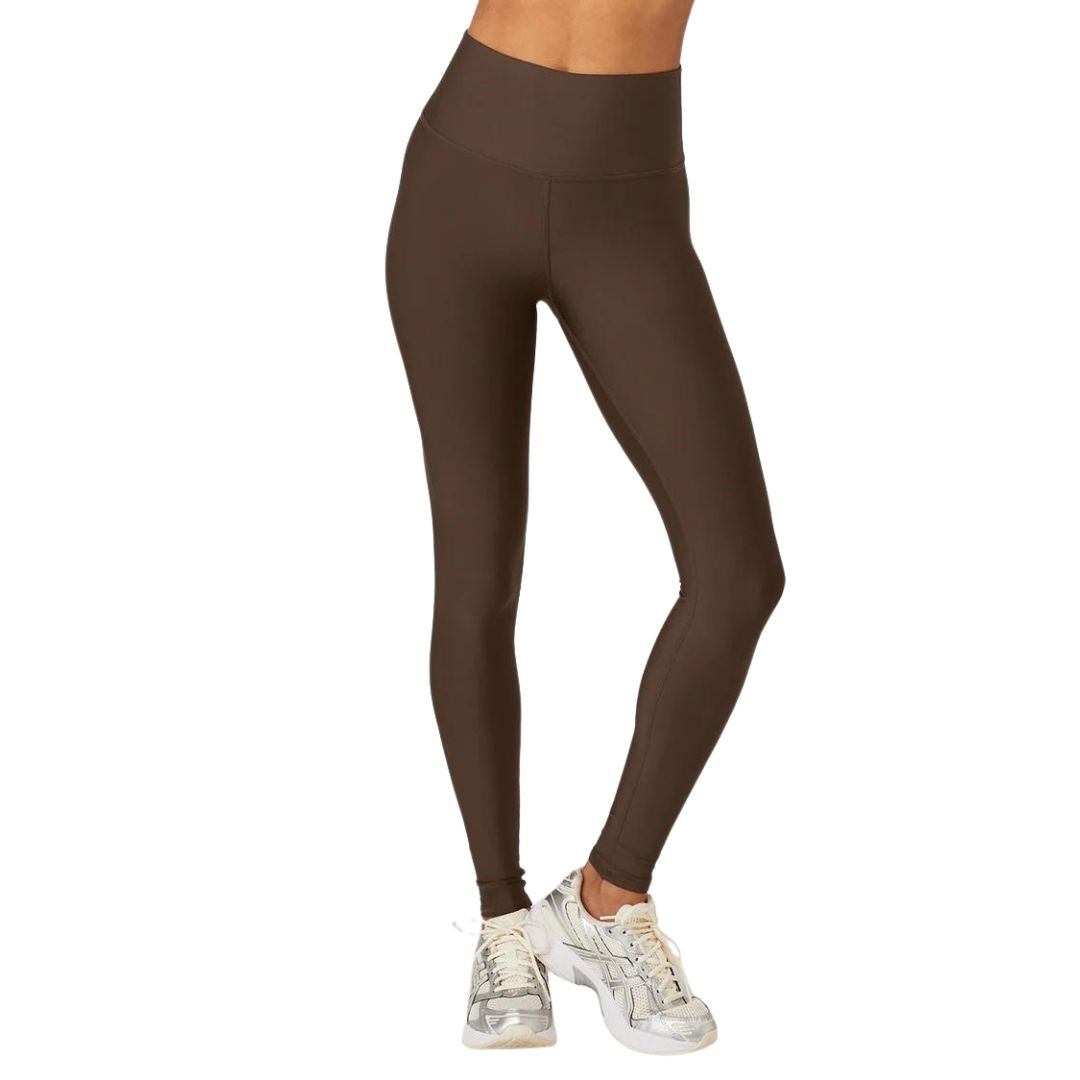I tried sumo squats for a week and they might just be my favourite squat alternative - here’s why
Did you know: it can target more muscles than a traditional squat?


When it comes to squats, I’ve already tried out a Bulgarian split squat and goblet squat. So it would be silly not to do a sumo squats review, right? Right. Which is why I decided to give this lower body strengthening exercise a go and see what differences I noticed compared to other squat variations when strength training at home.
Now, despite its name, a sumo squat is not an exercise only reserved for wrestlers — quite the opposite in fact. Instead, this compound exercise, which gets its name from the wide stance taken by sumo wrestlers, can be completed by anyone who’s interested in strengthening their lower body. And, as I’ve recently found out, along with offering up the many benefits a humble squat can bring (from a stronger core to more powerful glutes and quads), but a sumo squat goes one step further. It can boost your hip flexion, as well as giving your adductors (located on the inside of your thigh) a pretty good workout too.
Curious to learn more about this squat alternative? So was I. Which is why I decided to add this variation into my strength training routine. After speaking to PTs and getting the green light, I decided to complete 30 sumo squats three times a week. To find out the full ins and outs of a sumo squat, how to do one and how I got on, keep scrolling. Read all about what happened when one writer completed one week of bodyweight squats, or when I tried strength training every other day. While you’re here, you might also be interested in the benefits of hybrid training.
I tried sumo squats every day for 7 days and have some thoughts
What is a sumo squat?
Just like a Bulgarian split, pistol or goblet — a sumo squat is a variation of the much-loved squat.
But in technical terms: “A sumo squat is a lower body exercise that is very similar to a traditional squat but involves a wider stance to target additional muscle groups,” Anya Lahiri, master trainer at Barry’s UK tells us.
How do you do a sumo squat?
You can do a bodyweight sumo squat or add weights into the mix with the addition of a dumbbell or kettlebell. But as is the case with every type of exercise, maintaining the correct form will help you avoid injury and maximise your efforts.
So, to perfect this compound exercise, Lahiri suggests:
Celebrity news, beauty, fashion advice, and fascinating features, delivered straight to your inbox!
- Setting yourself up as if you were to do a regular squat with feet hip-width apart and toes pointing forward.
- Take a step wider with each foot so you have a bigger distance between your heels and turn out your toes to approximately a 45-degree angle.
- As with a regular squat, hinge your hips backwards as if sitting in a chair.
- Keep your core engaged and shoulders back.
- Lower down so your thighs are parallel to the ground or as deep as you can manage. Push through your heels rather than your toes.
- Return to the start in a standing position and repeat.
To really nail your form, Lahiri suggests practising a sumo squat in front of a mirror. “So you can check you are moving correctly,” she says. Another tip? “Imagine a string pulling your hips backward onto a seat,” the PT suggests. “Visualisation of everyday functional movements is a good way to make your body do more complex exercises.”
Next up? “Also focus on holding your core in tight so you don't wobble and roll your shoulders back. You should be able to wiggle your toes around which is a good way to check your weight is driving back into your heels. Legs should be wide and I always imagine my heels and toes are sitting on the outside of an upside-down triangle. Turn sideways to double-check you’re not leaning over too much and that your knees are not tracking over your toes.”
If you’re still unsure on how to perfect this exercise, consider speaking to a personal trainer to really master this move.
What are the benefits of sumo squats?
The squat is a multi-joint and multi-muscle move — it’s why it’s referred to as a compound exercise and named as one of the ‘big five’ lifts. Along with strengthening the quads, hamstrings, glutes and hips, the stellar squat can help strengthen the core too.
But what about sumo squats, you ask? Well, this squat variation has similar benefits to traditional bodyweight squats. “The sumo squat targets all the muscles of a traditional squat: the glutes, hamstrings and quads,” Lahiri explains. However, due to the wider stance and 45-degree angle of the feet, the sumo squat targets more muscles. “[Sumo squats] also benefit the inner thighs,” the PT adds. And this was confirmed during a 2017 research study published in the Journal of Strength and Conditioning Research which looked at the muscle activation patterns during different squat techniques and found that adopting a wider stance could activate your adductor muscles, which help to stabilise the hip and provide stability during daily activities, such as walking.
According to Dr. Robin Barrett, a National Academy of Sports Medicine (NASM) certified personal trainer and coach for the Ladder app, sumo squats can also help you increase your flexibility and take your functional fitness up a notch or two. “[Sumo squats] improves hip flexibility due to the wide stance and range of motion,” the PT notes. “[While] mimical natural movements, aiding in daily activities and athletic performance.”
Sumo squats review: I completed sumo squats — here's what I learned
Having spoken to PTs and taken into account the importance of rest days, I’ll be completing three sets of 10 sumo squats three times a week. Here’s how my sumo squats review went down…
Days one to three
Although I’ve completed bodyweight squats, goblet squats, barbell squats and even added some extra resistance with dumbbells before, I’ve never mastered the sumo squat. I’d say that’s mainly because when I strength train, I like to split my training up and incorporate the ‘big five’ compound lifts — like a bench press, deadlifts, pull-ups, shoulder press and traditional squats — into my routine. Therefore, sumo squats had never made the shortlist, until now.
When my first set rolls around, I stand in front of a mirror and adopt the ‘10’ and ‘2’ position with my feet and slowly sink my body down, keeping my core engaged, shoulders back and my knees pointed outwards, not inwards, while my weight stays on my heels. Having just re-read that sentence, it sounds like a lot to think about. And on one hand, there is. It's second nature to me to point my feet forward, not out at a 45-degree angle. But after the first three sets, I feel like with a bit of practice, I'll get there.
My second lot of sumo squats looked much like the first: a slow and steady 30 reps that took as much of my brain power as it did my lower limbs. But by day three, my hips feel a little less tight. Maybe I’ve done less sitting and more moving, but anyway you look at it, this regular repetition of a wider stance squat is helping to ease my tight desk-ridden hips. How great!

Rebecca during her sumo squat challenge
Days four to seven
After reaching halfway through my challenge, it was now time to mix things up. Of course, just like a traditional squat, you can add some extra resistance to your sumo squats. So, during the last couple of days of completing this challenge, I roped in the help of my trusty kettlebell to see what difference/s I noticed.
When doing a weighted sumo squat, Barret suggests ‘leaning forward with hips back to really engage the glutes’. “You can also lift your toes slightly before you come up to push through your heels even more,” the PT adds. Keeping this in mind, I powered through my sets, watching my form in the mirror, to make sure I was executing the exercise correctly.
The first thing I noticed? It probably comes as no surprise but the addition of a weight makes the exercise harder, as more force is going through my lower limbs. The extra resistance added to my workout now meant I was also waking up with delayed onset muscle soreness (DOMS). But DOMS aside, upping the resistance to my sumo squats helped to keep me balanced and wake up my core, as it had no choice but to engage.

Rebecca showing her sumo squat form
The conclusion
Along with the fact that this lower body exercise can be done any time, any place and doesn’t necessarily need an ounce of equipment, another brilliant thing about a sumo squat is the fact it benefits your functional fitness. Any exercise that helps you go about your day-to-day and supports you as you complete everyday activities that involve bending or lifting, gets bonus points from me.
I’m also pretty chuffed that a sumo squat nearly mimics the same movements of a traditional squat, but hits more muscles in the same amount of time. “Sumo squats emphasize the inner thighs (adductors) and glutes more than a regular squat,” Barrett reminds me. “The sumo squat also requires greater core stabilisation and can improve hip flexibility as well.” Personally, I think it’s pretty handy that an adoption of a wider stance and the simple tweak of changing your foot positioning to a 45-degree angle makes this possible.
But the true icing on top of the cake? The fact I’ve seen firsthand how a sumo squat can improve hip flexibility — something that’s constantly on my mind, thanks to my rather stationary day job which sees me sit at a desk for hours upon end to the detriment of my tight hip flexors. So it’s no wonder why sumo squats have cinched the top spot in my personal ranking of squat variations.
Shop MC UK's go-to workout kit now:
Are sumo squats easier or harder?
This depends on the person. “Possibly easier as the stance provides more stability but most people are more accustomed to a traditional squat so may struggle to adopt the form initially,” Anya Lahiri, master trainer at Barry’s UK tells says.” And Dr. Robin Barrett, a National Academy of Sports Medicine (NASM) certified personal trainer and coach for the Ladder app, shares the same view. “Depending on your glute strength, I’d say easier,” the PT says. “Since it’s using only one dumbbell [or bodyweight], you can easily control the movement.”

Rebecca, or Becks, is a freelance journalist with more than ten years of experience in the industry. She specialises in all things health and lifestyle and has written for a number of brands including Women's Health, Stylist, the Evening Standard, Good Housekeeping, The Telegraph, Live Science, Tom's Guide and Fit&Well. Becks also writes copy for a number of brands and small businesses.
When she's not weight training, tracking down the best gym leggings, reading a book or at her desk typing away, you'll find her in the kitchen perfecting a new recipe or bake.


